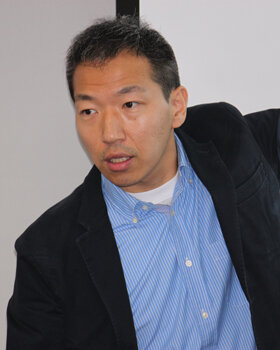WP Global Economy 2022.01.04
Working Paper (21-008E) The Wobbly Economy; Global Dynamics with Phase Transitions and State Transitions
This is working paper.

This paper develops a model providing a markedly different picture of the dynamics of capitalism from the standard model with infinitely lived individuals with rational expectations. Using the standard life-cycle model with production, we show that under not implausible conditions, we show that starting from any initial conditions, there can be a plethora of rational expectations dynamics, including “wobbly macro-dynamics” i.e. the macroeconomy can bounce around infinitely without converging depending on people’s beliefs without regular periodicity. As a result, laissez-faire market economies can be plagued by repeated periods of instabilities, inefficiencies, and unemployment.
The characteristics associated with wobbly dynamics is that the state of the economy endogenously changes from a state with a unique momentary equilibrium into a state with multiple momentary equilibria, or vice versa, which we call a phase transition. Depending on how phase transitions occur, various patterns of wobbly dynamics can occur. We identify all possible patterns of dynamics (e.g. unique and multiple, stable and unstable, steady states, with or without wobbly dynamics), providing a complete characterization of the parameter values under which each may occur. Moreover, we provide a complete analytic representation of all the possible state transitions, i.e. how a change in some key parameter changes abruptly the set of feasible global dynamics.
In some cases, if a stable “high output” (an economic boom) benefits from an above trend temporary productivity increase, there is a state transition from a stable regime to an unstable one. The economy enters into a situation where there are multiple equilibria, with the boom now being unstable, leading to the possibility of a large-scale collapse; the economy can enter a stagnation trap characterized by involuntary unemployment. In other cases, an increase in productivity shifts the economy from the economy from the stable boom to a completely wobbly economy in which the economy endogenously fluctuates in both full-employment and involuntary unemployment regions. Thus, the economy can exhibit long run hysteresis effects. There are government interventions which can stabilize the economy and increase societal welfare.
